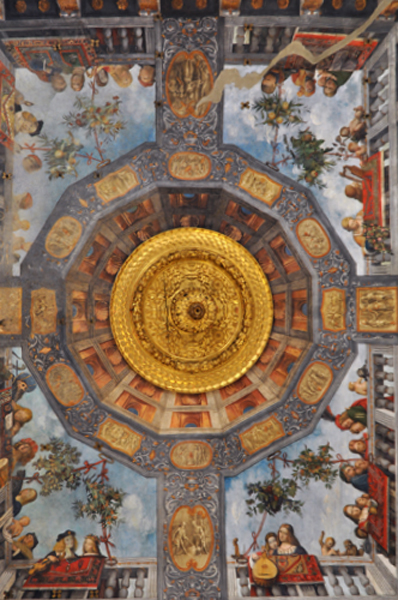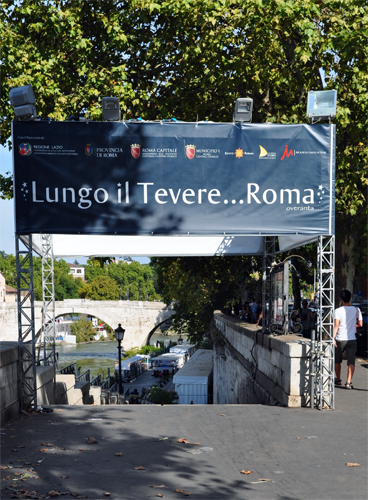1st entry – le marche 2011
The last time I was at the Paris airport was 20 years ago. I was with the Wertheimers and once we retrieved our luggage we headed into town.
The Charles de Gaulle airport is all renovated. Security is double what it is at any other airport. (Twenty years ago there were soldiers with machine guns walking around.) And the French are efficient, but miserably detached and non-friendly. (The Zingas are originally from France that may explain some of the family characteristics.) It’s the only airport where they had me take out all my camera equipment and put it into one of the security trays. And on the flight from Paris to Rome, the pilot and attendances would give these long explanations about Genoa, Torino, the Alps in French and then two sentences in English. At first I thought they just don’t have the facility with English that they have with French. Wrong! (It’s the French, F the rest of us.)
One of my anxieties about the trip was getting from Fiumicino – Rome Airport – to Stazione Termini – Rome Train Station. 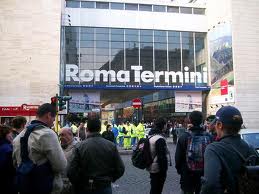 (The Roma Termini pic is something I found online.) I had all these concerns that I would get a rogue cab-driver. Instead I ended up with the airport taxi-group. The driver had on a shirt-and-tie and a jacket, very professional. The ride into town was 50 Euros, around $80. (That is what I had expected.)
(The Roma Termini pic is something I found online.) I had all these concerns that I would get a rogue cab-driver. Instead I ended up with the airport taxi-group. The driver had on a shirt-and-tie and a jacket, very professional. The ride into town was 50 Euros, around $80. (That is what I had expected.)
Stazione Termini was the best. First there were support people everywhere. And the people . . . If it’s wasn’t my first time back in 40 years, and if I wasn’t exhausted from the flight, and if I was with someone else, I would have taken out my camera, assembled the lens and shot and shot. The place was crawling with humankind. These people were all real, they were alive. They were the regular-folk wrapped in their Felliniesque costumes and Italian manners – muzzled dogs leading owners, cigarettes dangling from red-red lips, stiletto heels holding Rubenesque calves, man-purses slung on narrow shoulders, left-over hippies looking for their euro-rail passes, and young kids slumming it, because it’s cool to take the train with the regs.
The train left on time and got to Fabriano on time. It stopped at Spoleto and I was nostalgic for that trip, because it was a great one. On the way I texted Rose and Derrick to tell them where I was and once got off at Fabriano, there they were on the platform.
..
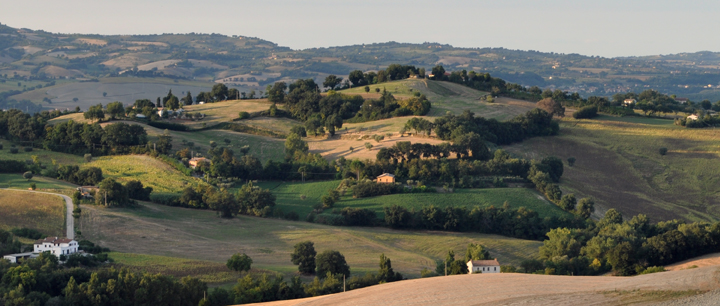
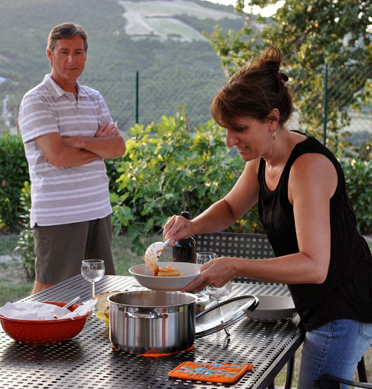
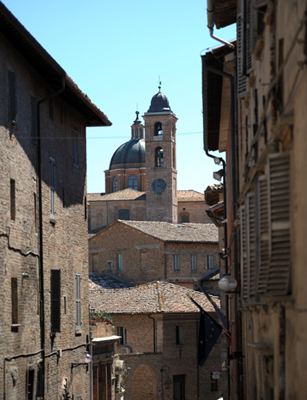
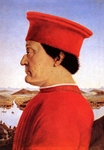 (I want his hat.) How did he produce the red pigment that he used for the hat and the coat?
(I want his hat.) How did he produce the red pigment that he used for the hat and the coat? 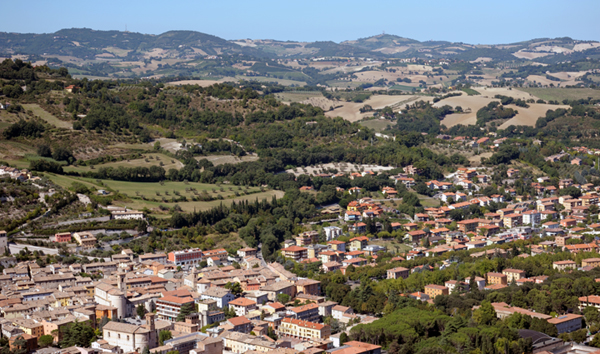
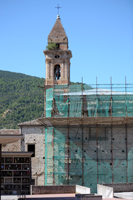
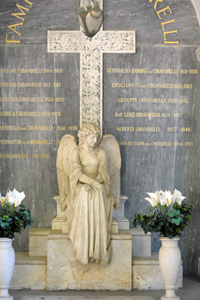 The mausoleum on the right already has 13 people buried in its crypt. And there’s probably room for another 10 or so. All the family crypts have a decorative marble/stone cover.
The mausoleum on the right already has 13 people buried in its crypt. And there’s probably room for another 10 or so. All the family crypts have a decorative marble/stone cover. 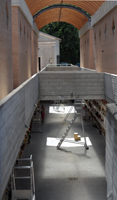 There are so many shelves on the above ground crypts that the cemetery provides ladders so family members can reach the flower vases. (It looks like Home Depot with its ladders-on-wheels in the middle of the isles.) These modern hives are two stories and so well planned that the street-level is a piazza like space.
There are so many shelves on the above ground crypts that the cemetery provides ladders so family members can reach the flower vases. (It looks like Home Depot with its ladders-on-wheels in the middle of the isles.) These modern hives are two stories and so well planned that the street-level is a piazza like space. 